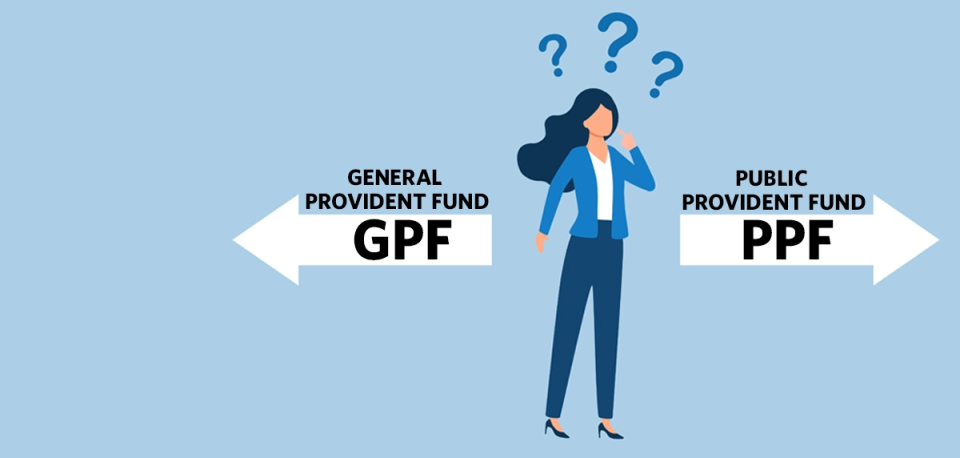Retirement is an important milestone that can bring a mix of excitement and fear. It is a time when regular income stops, making financial security a priority.
Retirement benefits are essential tools to ensure retirees maintain their standard of living and meet their financial needs after retirement. Effective retirement planning is important to make the most of these benefits.
Key Components of Retirement Benefits
The benefits of retirement are a combination of savings, insurance, and other perks offered to employees during their working years in order to prepare them for life after work.
1. Pension Plans
Pension plans are structured financial products designed to provide a steady income stream during retirement. Employers or individuals contribute to these plans throughout their careers, and upon retirement, the collected corpus leads to regular payouts.
Depending on their structure, pension plans can be categorised as follows:
- Defined Benefit Plans: Fixed payouts based on salary and tenure.
- Defined Contribution Plans: Returns depend on contributions and market performance.
Pension plans are important components of pension and retirement benefits, ensuring financial independence for retirees.
2. Provident Fund (PF)
The Provident Fund is a government-backed scheme where employees contribute a portion of their salary, matched by the employer.
Some of the key features of this scheme include:
- Tax benefits under Section 80C
- Lump-sum withdrawal upon retirement
- Higher returns when compared to regular savings accounts
PFs form a significant part of retirement plans, offering a secure and disciplined approach to savings.
3. Gratuity
It is a lump-sum payment made by employers to employees who have completed at least five years of service. The following formula is usually used to calculate the gratuity amount.
Gratuity Amount = (15 X last drawn salary X period of employment)/ 26
The amount is exempt from income tax on retirement benefits up to a specified limit.
Gratuity acts as a token of appreciation for an employee's long-term service.
4. National Pension System (NPS)
The NPS is a voluntary, government-sponsored pension scheme aimed at fostering retirement savings.
Some of the key features of NPS include:
- Flexibility in investment choices
- Partial tax exemption under Section 80CCD
- Annuity after retirement
The NPS serves as a robust pension and retirement benefit, particularly for those in unorganised sectors.
5. Employee Stock Ownership Plan (ESOP)
ESOPs allow employees to own company shares, aligning their interests with the company’s growth. Here are some benefits ESOPs can offer.
- Potential for significant wealth accumulation
- Long-term financial benefits
6. Health Insurance Benefits
Retirees often face increased medical expenses. Life insurance policies or health insurance plans tailored for retirement years ensure coverage for such costs.
Health insurance can help you with the following:
- Coverage for hospitalisation.
- Critical illness riders.
- Tax deductions on premiums under Section 80D.
7. Annuities
These are financial products guaranteeing periodic payouts in exchange for a lump sum. Annuities are an essential component of retirement benefits as they can ensure a stable stream of income.
There are different types of annuities available to suit varying retirement needs
Two common categories of annuity plans are as follows:
- Immediate Annuities: Payments start instantly.
- Deferred Annuities: Payments begin after a set period.
Tip: Using a retirement planning calculator can be instrumental in strategizing your financial future.
Additional Benefits for Retirees
Understanding the many different retirement benefits and their associated perks is essential for securing a comfortable post-retirement life.
Medical and Health Insurance Benefits
In addition to employer-provided plans, retirees can opt for specialised health insurance plans or life insurance policies with health riders.
Tax Benefits on Retirement Funds
Tax exemptions and deductions on provident funds, gratuity, and NPS investments, can help maximise returns. Reduced income tax on retirement benefits can support financial sustainability.
Social Security and Senior Citizen Concessions
Indian retirees can benefit from discounts on travel, healthcare, and utility services. These perks can enhance their quality of life.
Investment Options for Retirees
Retirees can explore low-risk investment avenues such as government bonds, mutual funds, and systematic withdrawal plans to grow their savings. Using a retirement planning calculator can aid in evaluating these options.
Other Financial Benefits for Retirees
Some kinds of financial benefits to not overlook, are as follows:
Senior Citizen Savings Scheme (SCSS)
The SCSS is a government-backed scheme offering regular interest payouts. This scheme is known to offer a relatively high interest rate and tax deductions under Section 80C of the Income Tax Act. This scheme forms a cornerstone of retirement plans for risk-averse individuals.
Post Office Monthly Income Scheme (POMIS)
The POMIS provides a secure way to earn regular income through post-office savings. It is ideal for retirees seeking fixed monthly returns.
Fixed Deposits and Bonds for Retirees
Bank fixed deposits (FDs) and government bonds offer low-risk investment options with assured returns. Senior citizens often enjoy higher FD rates.
You can use an FD calculator to estimate your maturity amount and interest earnings in advance, making it easier to plan your investments.
Non-Financial Benefits in Retirement
Not all benefits of retirement are financial. The impact on other areas of life can also be enjoyed:
Wellness Programs for Retirees
Several organisations and communities offer wellness programs to promote physical and mental health among retirees.
Social Security and Community Benefits
Senior citizens can access community activities, clubs, and support networks, fostering engagement and well-being.
From pension plans and provident funds to tax benefits and wellness programs, these tools can empower retirees to maintain their independence and lifestyle. Early planning, with the help of a retirement planning calculator and the right approach, can ensure a financially stable and fulfilling retirement journey.





















